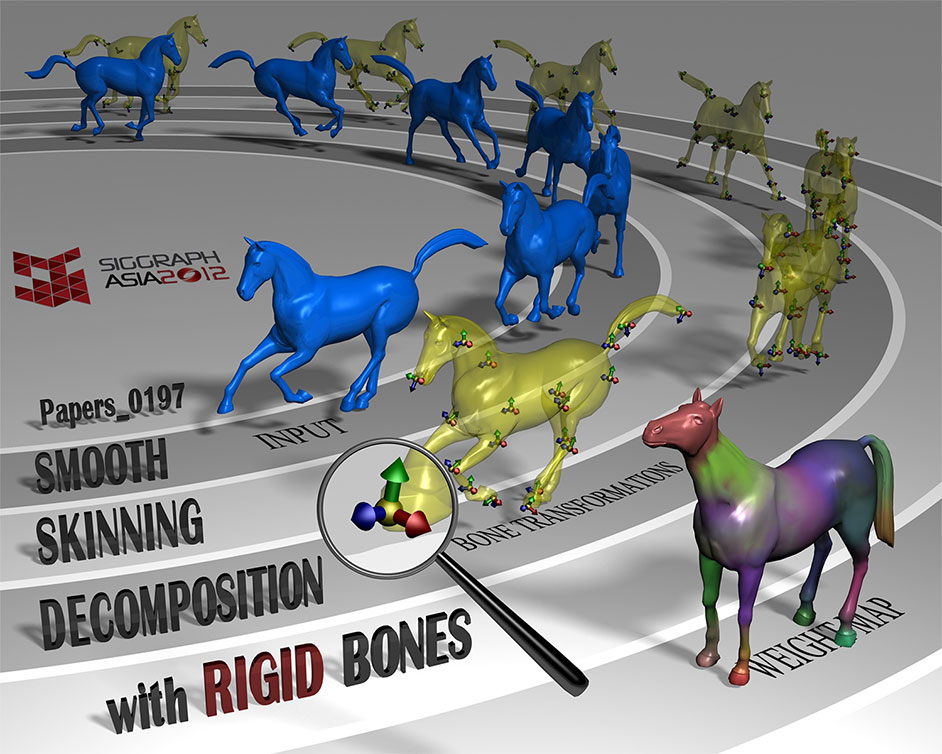Technique Has Improved Quality of Animation in a Number of Video Games
Thank Zhigang Deng and Binh Le the next time you play Need for Speed. Their work has improved the quality of animation in a wide number of video games.

Deng, professor of computer science at the University of Houston, and Le, a former Ph.D. student in Deng’s lab and now a senior scientist at Electronic Arts, came up with the technique known as Smooth Skinning Decomposition with Rigid Bones, or SSDR, and described it in a 2012 paper published in ACM Transactions on Graphics.
The technique involves an automated algorithm that can effectively simulate movement for objects without a skeleton – water, for example, or a flowing cape.
Animators start with a skeleton when illustrating the movement of people or animals, Deng said. “That informs how the movement should be animated. But for things like clothing or water, it’s harder.”
He and Le noticed that the movement in games and other animations “wasn’t quite right,” he said.
So they came up with a solution, a technique that has since been incorporated into many mainstream graphics and animation packages, including Autodesk Maya (known as “bake deformer”) and SideFX Houdini (known as “skinning converter”), as well as a number of game studios. You can read more about it on the Electronic Arts website. SSDR also can be used in animating people and animals.
“It’s a way to bring higher quality animation into games,” Le said.

He and Deng addressed the problem by identifying a set number of “handles” – known in the graphics industry as “bones” – at a number of points on the object to be animated.
They then wrote an algorithm that allows animators to spur naturalistic movement when one of the handles is manipulated, Deng said. Individually animating each point – there may be thousands of points in a frame – is too time-consuming and expensive.
Deng and Le said they didn’t patent the technique – “We did not realize how the industry would react to it,” Deng said – and it has since been incorporated into several animation tools for game production.
Le, who earned his Ph.D. from UH in 2014, said the technique and subsequent adaptations
have allowed game designers to offer the same high-quality animation as is seen in
movies. “Players expect that,” he said, especially in complex story-telling games.
“When we published the paper, we were not expecting it to have such an impact on the
industry,” Deng said. “But sometimes you never know.”
- Jeannie Kever, University Media Relations